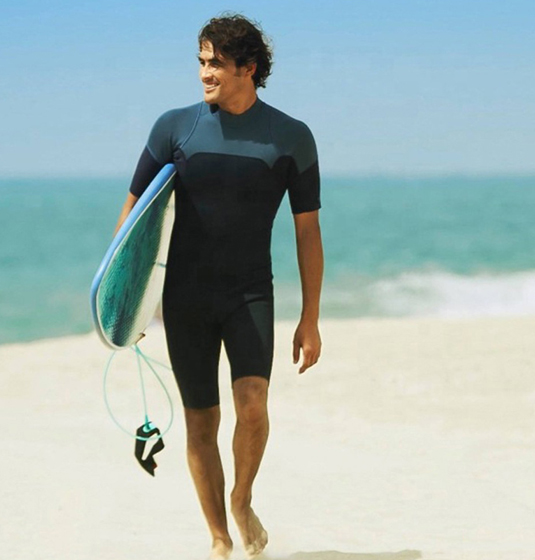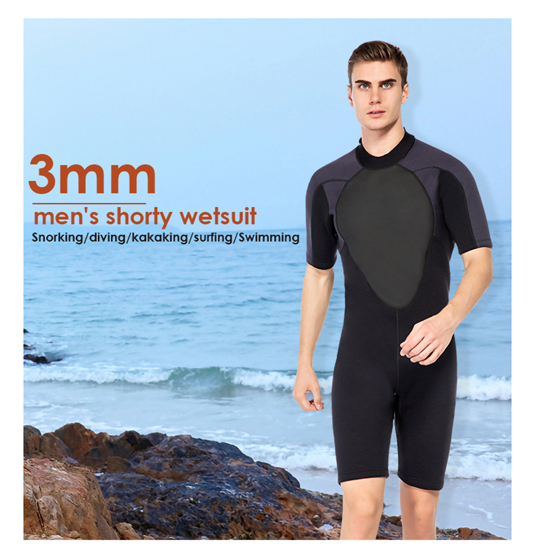Is It OK to Swim in a Wetsuit?
Swimming in a wetsuit is a popular practice among swimmers and water sports enthusiasts. Wetsuits are made of neoprene, a synthetic rubber that provides insulation and buoyancy in the water. While it is generally considered safe to swim in a wetsuit, there are some important considerations to keep in mind.
First and foremost, it is essential to choose the right wetsuit for your needs. Wetsuits come in a range of thicknesses and styles, depending on the temperature and conditions of the water you will be swimming in. A thicker wetsuit will provide more insulation and buoyancy, but may restrict your movement and make it more difficult to swim. Conversely, a thinner wetsuit may provide less insulation and buoyancy, but allow for greater flexibility and ease of movement.
It is also important to ensure that your wetsuit fits properly. A wetsuit that is too loose will not provide adequate insulation or buoyancy, while a wetsuit that is too tight may restrict your movement and cause discomfort. When trying on a wetsuit, make sure it fits snugly but not too tightly, with no gaps or wrinkles in the material.
Once you have selected a wetsuit that fits properly and is appropriate for the water temperature and conditions, you can safely swim in it. Wetsuits are designed to provide insulation and buoyancy in the water, which can make swimming easier and more comfortable. The insulation provided by the neoprene material helps to retain body heat, keeping you warmer in colder water. The buoyancy provided by the wetsuit helps to keep you afloat, reducing the effort required to swim and allowing you to conserve energy.
When swimming in a wetsuit, it is important to be aware of some potential risks. One risk is overheating, particularly in warmer water or during strenuous exercise. While wetsuits provide insulation, they also trap heat close to the body, which can cause you to overheat if you are not careful. To prevent overheating, it is important to stay hydrated and take breaks as needed. You can also unzip your wetsuit or take it off entirely if you start to feel too warm.
Another risk of swimming in a wetsuit is skin irritation or chafing. The neoprene material of the wetsuit can rub against the skin, causing discomfort or even skin abrasions. To prevent skin irritation, it is important to make sure your wetsuit fits properly and is not too tight or too loose. You can also use lubricants such as petroleum jelly or specialized wetsuit lubricants to reduce friction and prevent chafing.
Finally, it is important to be aware of the potential for hypothermia when swimming in cold water, even when wearing a wetsuit. While wetsuits provide insulation, they are not a guarantee against hypothermia. If you are swimming in very cold water, it is important to take precautions such as limiting your time in the water, staying close to shore, and wearing appropriate cold weather gear such as a neoprene hood or gloves.
In summary, swimming in a wetsuit is generally considered safe and can provide many benefits for swimmers and water sports enthusiasts. However, it is important to choose the right wetsuit for your needs, ensure it fits properly, and be aware of potential risks such as overheating, skin irritation, and hypothermia. By taking these precautions, you can enjoy the many benefits of swimming in a wetsuit while minimizing the risks.
If your are interest in our products or want learn more about its specifications, material and prices, please email us directly at enquiry@wetopsports.com. We are more than happy to answering your questions.





Comments
0